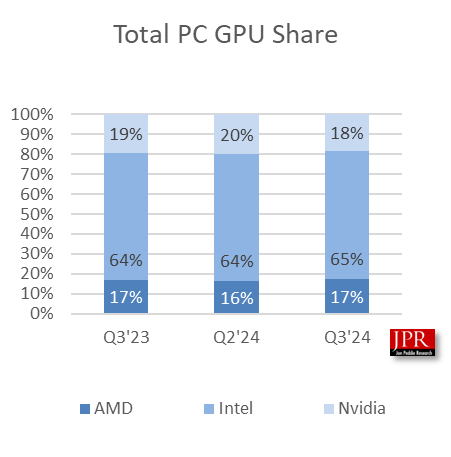It's looking pretty good!
Here's an AI summary of the vid:
Overview of AMD's FSR 4 Technology
- The video begins with a demonstration of AMD's FSR 4 upscaling technology, which was not prominently featured in their presentation.
- Two prototype RX 970 XT monitors are used to showcase the performance of FSR 3.1 and FSR 4 in the game Ratchet and Clank: Rift Apart at 4K resolution.
- The focus is on comparing the visual quality between FSR 3.1 and FSR 4, particularly in performance mode.
Visual Quality Comparisons
- Initial observations highlight significant improvements in image quality with FSR 4 compared to FSR 3.1, especially in handling transparent effects and particle details.
- The FSR 3.1 performance mode exhibits blurred and garbled visuals in areas with transparency, whereas FSR 4 presents clearer definitions of individual particles.
- The video illustrates how FSR 4 resolves issues related to garbling in effects such as fire and particle movements, leading to a smoother visual experience.
Performance Mode Insights
- The discussion emphasizes that FSR 3.1 struggles in performance mode, resulting in lower quality visuals, particularly in fast-moving or complex scenes.
- In contrast, FSR 4 demonstrates a marked improvement, providing a cleaner and more defined appearance even when upscaling from 1080p to 4K.
- The presenter notes that while FSR 4 shows promise, it is still not without limitations, particularly in maintaining high detail across all elements.
Detailed Observations of Specific Effects
- The video showcases specific examples of improvements in particle effects, noting that FSR 4 handles confetti and other small details with less ghosting and streaking.
- The analysis includes a comparison of how fur details are rendered, revealing that FSR 4 reduces pixelation artifacts significantly compared to FSR 3.1.
- The presenter highlights the overall stability of images with FSR 4, especially in scenes where fine textures are critical, such as carpet details in the game.
General Impressions and Future Considerations
- Overall, the presenter expresses a positive impression of FSR 4, noting it as a substantial upgrade over its predecessor, particularly in visual fidelity.
- Despite some remaining issues, the technology shows potential for enhancing gameplay experiences in visually demanding titles.
- The video concludes with a mention of the broader implications of FSR 4 for future gaming, suggesting further exploration and testing will be necessary to fully assess its capabilities.













